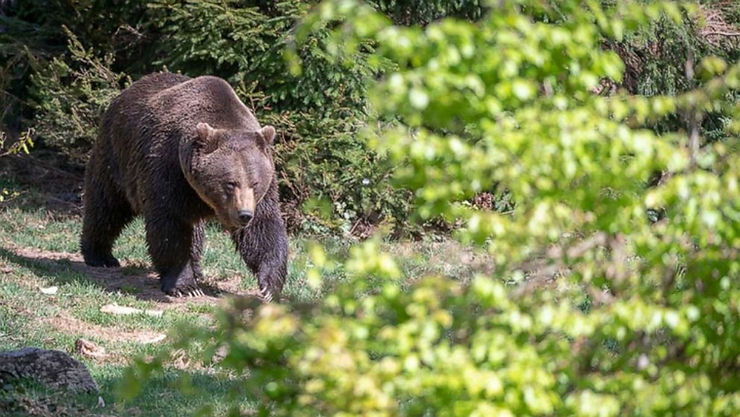By: Matthew Wang
The death of a 40-year-old woman, suspected to have been caused by a grizzly bear, has sparked debate over whether it is finally time to revoke bears’ protections from human hunting.
Despite multiple prior attempts to revoke the grizzly’s protections as endangered animals, grizzly bears have retained them far past the number of bears that were needed to sustain the population. These protections make it illegal to hunt or traffic these creatures and mandate the protection of their environment. After the attack, several congressmen have called for removing these protections, hoping that reducing the number of grizzlies will correlate with fewer deaths.
However, the statistics don’t seem to support their logic. NPR reports that visitors in the heart of the grizzly country in Yellowstone National Park are just as likely to be killed by a tree as a grizzly. NPR later states, “Frank van Manen, who leads the Interagency Grizzly Bear Study Team […] said attacks are still so rare that statistically, the data doesn’t show any kind of an upward trend at all. His group of federal, state, and tribal biologists has documented how the growing number of grizzlies expanded into territory three times larger today than 50 years ago” (NPR, 2023).
Additionally, the residents of Yellowstone agree with the statistics and are opting to adapt to the growing number of grizzlies instead of calling for legislation. Hannibal Anderson, a rancher in the area, agrees with the sentiment, explaining his beliefs that humans should learn to coexist with natural wildlife. In an interview with NPR, he states, “I consider it a really fundamental responsibility of being human to serve the ecological integrity of wherever we live” (NPR, 2023). This idea of peaceful co-existence resonates with many, as bear advocates and naturalists try to fight off the proposed legislation exposing bears to human hunting yet again.











